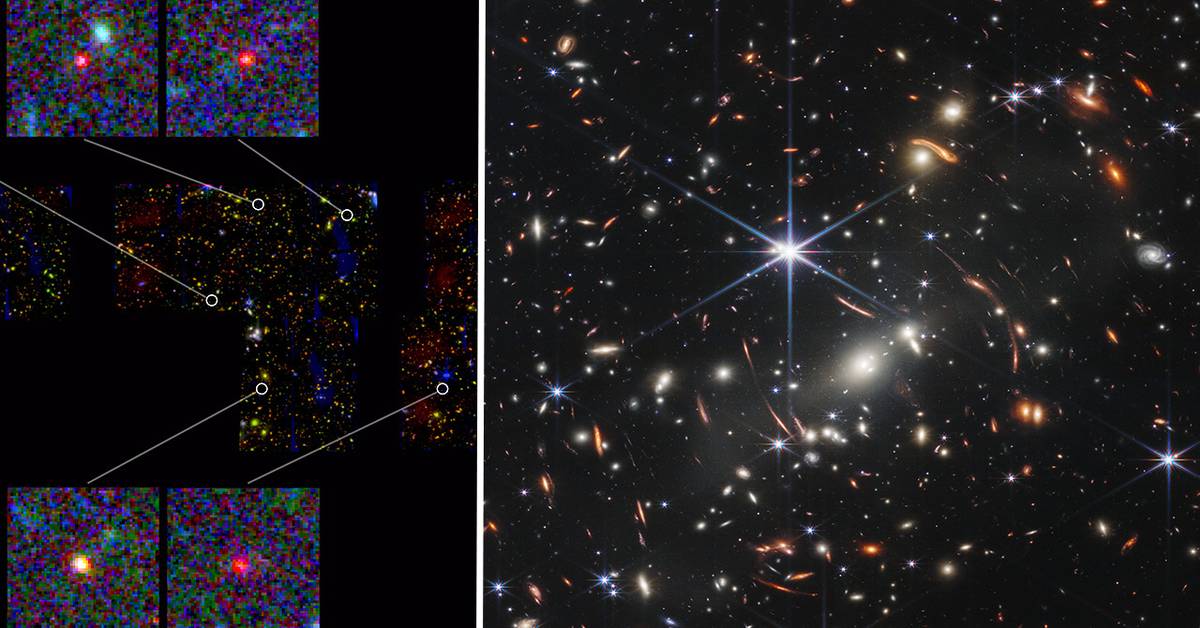Even when the universe was only 600 million years old, that is, 3 percent of its current age of about 13.8 billion years, it was filled with many more light sources than physicists' models have anticipated.
The James Webb telescope's new observations show that many more stars had ignited in the first galaxies than astrophysicists thought possible.
One of the galaxies observed by the Webb telescope in the universe's infancy appears to be as developed as our own Milky Way galaxy, of which the Sun is a part.
This is now shown in a study published in Nature, of which astrophysicist Joel Leja is a co-author.
- We had no idea what we would find, and it turns out that it is something so unexpected that it even creates problems for science, he says.
By that he means that astrophysicists must now go back to the drawing board and change their theories about how it happened when the first stars lit up.
Perhaps the stars shone brighter
Jonathan Tan is an astrophysicist at Chalmers University of Technology and specializes in exactly how stars and black holes were formed in the early universe.
He has several suggestions as to what it might be that shone so brightly in the universe's infancy.
One interpretation is that the stars at that time were much more efficient and shone brighter than they do today.
In such cases, it could explain the bright light in the dawn of the universe that the Webb telescope has captured.
- It wouldn't surprise me if the stars in the early universe turned out to behave differently compared to today, and I think these observations point to that.
If it turns out to be true, it is very exciting, he says.
Play the video above to see James Webb's images of the distant galaxies of the universe's infancy.
Javascript is disabled
Javascript must be enabled to play video
Read more about browser support
The Webb telescope in orbit.
Play the video to see all the challenges it overcame to arrive at its orbit around the sun.
Photo: NASA, GSFC, Arianespace

